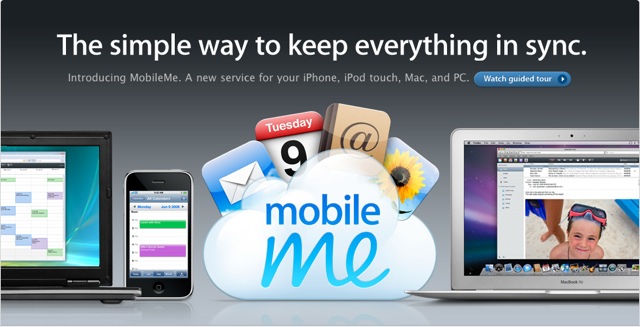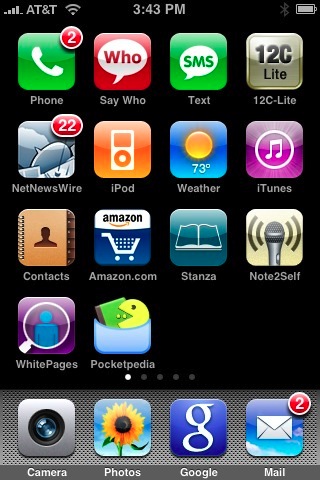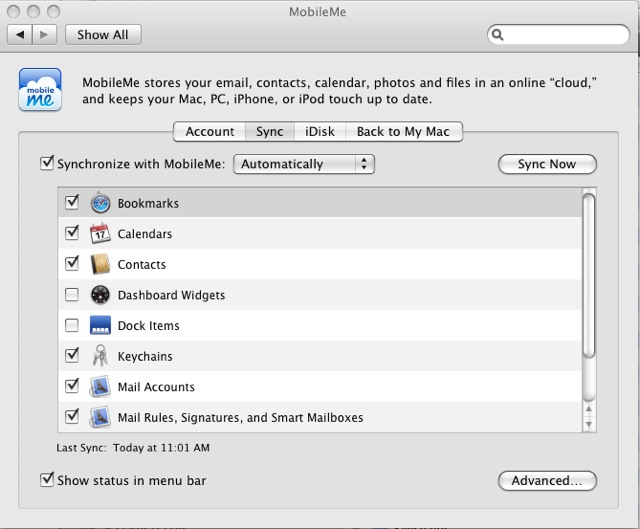The coming thing.
Cloud computing – where data files and even applications – reside on a remote, secure server (“the cloud”) is nothing new. Large businesses with broad and fast pipelines to their servers have been doing it for years. It allows application maintenance and upgrade to be centralized, improving efficiency and reducing costs, and helps ensure that data files are properly backed-up and protected against loss and illicit access.
Indeed, this blog resides in the ‘cloud’ and is sometimes even speedily accessible when the service provider’s computers are not stretched past their limits, which seems to be most of the time.
None of this has really helped the retail/home user environment. While we all run web photo web sites with low definition pictures which can be accessed by anyone we elect, this does absolutely nothing for off line storage of large originals (think RAW and PSD files) owing to the low speed of broadband connections in the US. European and Asian readers will laugh when they read this, while enjoying data transfer at rates many times those available in America.
So we plod along backing up daily to non-fire or theft-proof hard drives in our homes, when we remember, hoping those precious originals do not get lost.
This Christmas I bought a Flip movie camera for recording our boy’s adventures. My research took all of three minutes. It was cheap, it looked nice, had few controls and, best of all, that renowned technophobe masquerading as the technology writer at the Wall Street Journal loved it. When I checked their web site I discovered that both Standard Definition and High Definition models were made. It took but one more second to choose the SD one. A 640 x 480 movie (the same size as most of the photos in this journal) is more than adequate as a keepsake or memory, and the prospect of users downloading an HD version for viewing was more than I could stomach. A one minute video is some 7mB in compressed Quicktime SD format. It takes about a minute to download for most users. Just imagine waiting 5 minutes or more for the HD version. Journalists use their employers’ high speed lines for tests – meaningless for home consumers.
OK, so now our movies reside on a server and playback is almost immediate for all but the worst attention spans. But is that the best cloud computing can do for the man in the street on a realistic budget?
Apple rolled out its enhanced Dot Mac service in August of 2008, renamed MobileMe. Simply stated, it was a catastrophe. Many who depended on DotMac for email service suddenly found they were without any for days on end. Further, the claims made for MobileMe, which included synchronization of data across multiple devices in an instant, were flat out poorly tested hype, something we are increasingly used to from Apple. You really thought the iPhone 3G was ‘twice as fast’ as its 2G predecessor? You wanna buy a bridge in Brooklyn cheap?
Nonetheless, the idea stuck in my mind and I gave it the usual gestation period (the old ‘never buy Version One of anything’ rule) before signing up for a free 60 day trial subscription at the end of 2008. My goal was not only to synchronize email, the Address Book and iCal across three Mac OS X computers, I was also sick and tired of jumping around mailboxes on my iPhone to see emails while trying to remember which ones I had already read elsewhere. The iPhone, unlike OS X’s Mail application, does not support a consolidated mailbox and, like many, I have legacy mailboxes from old vendors which I dare not delete just in case something of importance crops up in one. No, I had no interest in uploading my original picture files. Those reside on external back-up drives and, with iTunes, aggregate over 125gB in storage. No way you send that over a cable or DSL modem from home. Further, the costly ($99/year) basic MobileMe subscription only provides 40gB of space, even if you could somehow speed up data transmission.
After a week of banging away at it and resolving usage and topography issues, I’m getting to the point where I have started to almost trust the service. After updating OS X Leopard to 10.5.6 I am getting reliable sync of Address Book and iCal data and mostly getting good email sync. In the case of the latter I am still getting some instances where an email read on one computer is not updated timely on the others but it seems to be getting better – ever since MobileMe decided to send me hundreds of iCal reminders to myself by email from the past three years …. Mercifully, this has only happened once, so far. I also continue to have sporadic downtime in MobileMe’s email availability and this really needs repair before MobileMe becomes trustworthy.
I have now removed the email boxes for my two service providers and am relying on MobileMe. The emails from those are automatically forwarded to MobileMe and I respond from my MobileMe account. I no longer see a gamut of in- and outboxes. Sure, Gmail is fine and offers tons of free space, but it would be hard to concoct a worse user interface. By contrast, the UI in Apple Mail is superb. And finally, I have one email box on my iPhone whose unread message count is correct for the first time since I bought the device on June 30, 2007! It is rather reminiscent of magic when you update a contact or calendar event on one Mac and have that change speedily conferred on all your other devices. Further, if you find Apple Mail’s spam filter as weak and I do and use the best there is – Spam Sieve – you only need run this on one computer as automatic synchronization will zap spam across all your devices.

MobileMe – not for serious photographers – yet.
So MobileMe may be worth looking at for some users, but it’s hardly the cloud computing answer photographers are looking for. Why not use one of the other file server services for photographers? Well, one famously went out of business in 2008, losing many photographers’ images, so what I want here is a service with a high enough profile, lots of capital and high reputational risk, such that failure is simply not an option. I believe Apple is in that “too much to lose” position and now that they are talking of moving more of their applications to web versions (iPhoto? Word and number processing?) I remain more interested than ever in the service.

Finally, a proper email count on the iPhone
One issue I ran into is that my main computer would try syncing endlessly. The fix is to back-up then erase the folder User->Library->Application Support->SyncServices, empty the trash and reboot. Then reselect your sync options in System Preferences->MobileMe->Sync. These are the options:

I do not Sync the Dock owing to limited screen space on one of my devices, plus I keep my dock at the left hand side of the screen which makes icons smaller than if you keep the dock at the base of the screen. I do not Sync Dashboard Widgets for much the same reason. I do find the ability to Sync Safari bookmarks much more useful than I would ever have expected, as my work flow tends to be the same regardless of which OS X device I am using. I expect that sync issues will go away once the various devices are stable after a sync or two.
Apple’s site says that MobileMe also works with Windows but for the life of me I cannot think of a use for that. A buggy but improving service with a buggy and failing operating system? I think not.